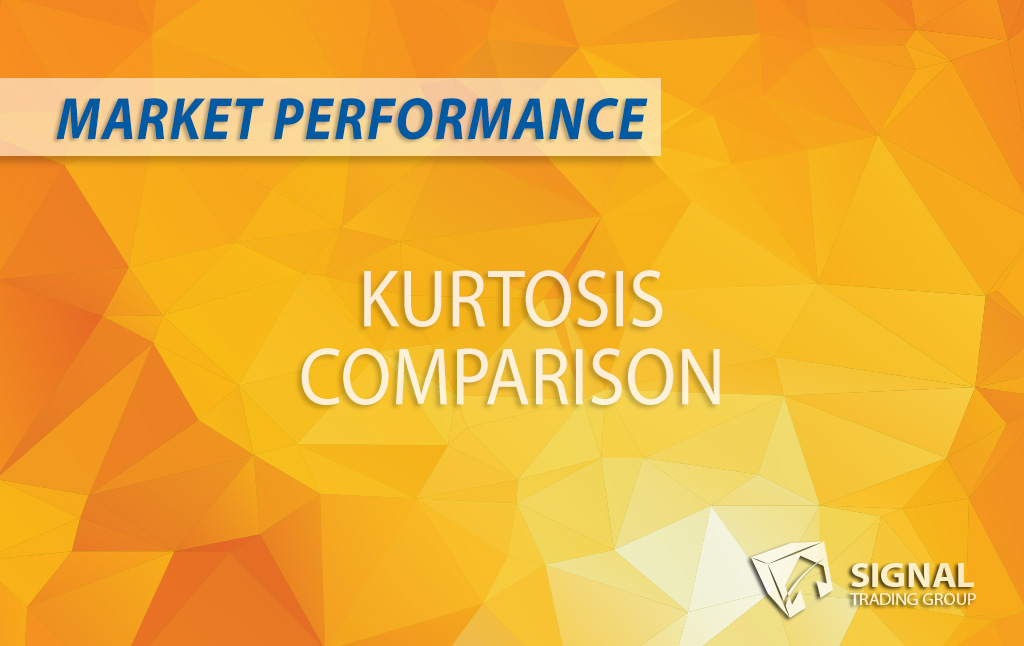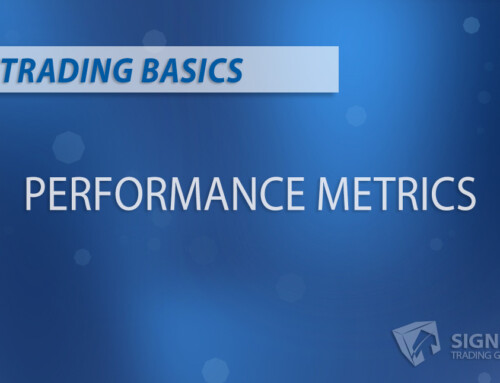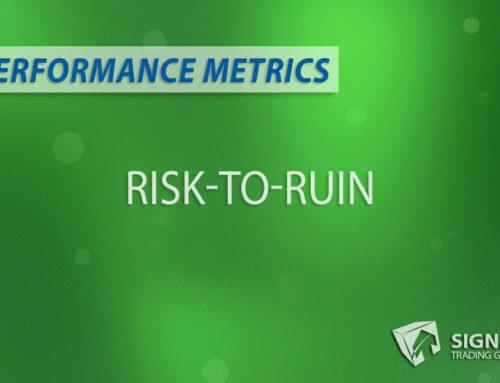The “Performance Metrics 101” blog series is geared towards providing traders with the essential evaluation tools they need to assess trading performance accurately. The goal is to provide a complete understanding of these tools, enabling traders to use them effectively.
Understanding Kurtosis
Understanding the behavior of assets and their returns is crucial for risk management and decision-making in finance and investing. One lesser-known concept that can provide valuable insight is Kurtosis. In this blog post, we’ll define Kurtosis, explain its significance in statistics and finance, and dive deep into understanding its relation with weekly returns for an asset.
What is Kurtosis?
Kurtosis is a statistical measure used to describe the distribution of a dataset. It’s handy for capturing the shape of the distribution by measuring the “peakedness” (or “tailedness”) of the data. While the terms may sound odd, they indicate how heavy a distribution’s tails are compared to its overall shape.
In simpler terms, Kurtosis highlights when a distribution has extreme values or outliers that deviate significantly from the mean. In finance, higher Kurtosis indicates a higher probability of extreme events, such as high gains or losses – which translates to higher risk.
Significance of Kurtosis in Finance
While measures like mean, median, and standard deviation give a general understanding of an asset’s performance, Kurtosis adds another layer by measuring the asset’s potential for extreme events.
In finance, Kurtosis is significant as it can provide valuable insights into the probability of substantial gains and sudden losses. Consequently, investors can use this knowledge to manage their portfolios better and prepare for potential high-reward or high-risk scenarios.
Calculating Kurtosis for Weekly Returns of a Stock
Now that we understand the concept and its significance let’s see how Kurtosis works by using weekly stock returns as an example.
- Compile the data: First, gather the weekly closing prices of the chosen commodity for the desired time range. Calculate the weekly returns by comparing the closing prices of consecutive weeks.
- Compute the mean and standard deviation: Calculate the mean and standard deviation of the weekly returns. These values will be used to normalize the data and compute Kurtosis.
- Calculate excess Kurtosis: The formula for excess Kurtosis is:
(n * (n+1) / (n-1) * (n-2) * (n-3)) * Σ [((Ri – mean) / standard_deviation) ^ 4] – (3 * (n-1)^2 / (n-2) * (n-3))
Where n is the sample size (number of weekly returns), Ri is the return for the weeks of the period, and the mean and standard deviation are previously computed.
Interpret the results:
Excess Kurtosis allows for comparing the Kurtosis of the selected stock to a normal distribution (which has a Kurtosis of 3). If the excess Kurtosis is greater than 0, the distribution has heavier tails (high risk); if less than 0, it has lighter tails (low risk).
Simple Commodity Comparison
To illustrate the practicality of using Kurtosis for decision-making, let’s take two hypothetical commodities – Commodity A and Commodity B.
Both have similar means and standard deviations, but Commodity A has an excess Kurtosis of +2, while Commodity B has an excess Kurtosis of -1. This suggests that Commodity A is more likely to experience extreme events than Commodity B.
Therefore, investors may prefer investing in Commodity B as it has lower risk, and potential losses are unlikely to be severe.
Conclusion
Kurtosis is valuable for analyzing distributions and understanding extreme events within datasets. In finance, its significance lies in helping investors understand the probability of high gains or losses from a commodity. By applying the concepts of Kurtosis to weekly returns, investors can gain better insights into their portfolios and make informed decisions.





